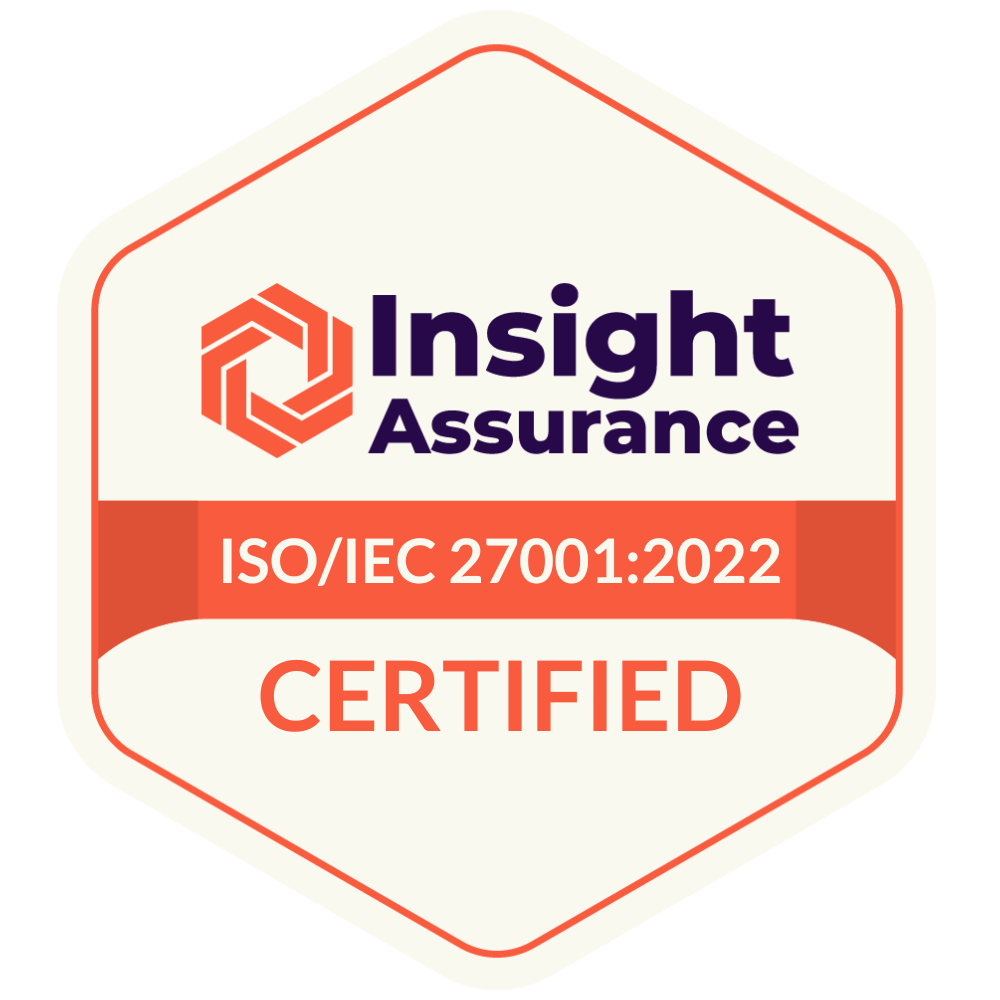Talent management starts in the earliest stages of talent acquisition and continues throughout the entire talent lifecycle. As a matter of fact, it doesn’t even end when an employee leaves your company. Having a great talent management not only helps your company work (and scale) at its best, but allows you to leverage past, current and future employees for continuous engagement and growth.
1. Maximize employee referrals and promote from within
According to The Harvard Business Review, referred candidates are not only of higher quality than applicants from the general public (when referrer and candidate know each other well), but they are more likely both to receive and accept an offer, will typically stay at the job longer, and are statistically inclined to perform better. This reduces time spent on the hiring process, reduces turnover, and increases productivity. Effective talent management helps you attract and retain high quality employees while empowering your recruiters and strengthening your talent pipeline.
Hiring from within, especially with the recommendation from a superior, has even more benefits. A full 90% of HR and hiring professionals say that the number one benefit of internal recruiting is improved retention of high-value talent, and companies with internal hiring practices keep their talent more than 40% longer than companies that don’t. Complete Talent Profiles for every employee in your organization can reveal who is ripe for advancement.
2. Pay what your talent is worth before they ask for it
Compensation is key to keeping your talent from being stolen away by your competitors. A competitive compensation package can help you attract and keep talent. SHRM and Gartner note that 90% of companies from the Standard & Poor’s 100 are actively recruiting for the same 40 or so job roles.
Accenture adds that 40% of companies are already reporting talent shortages. Paying what talent is worth will help you both with outside acquisitions and identifying underutilized employees who can be recruited from within with transparent, attractive promotion offers. Ideal Candidate Models can help you define who in your organization is the perfect fit for a new job role, and hello you fill it swiftly and confidently.
3. Build strong talent networks for future reference
Developing relationships with strong candidates, even if they don’t end up being your first choice for a role, can mean you have a wide pool of “silver medalists” to source from for future job openings. By keeping tabs on former “almost-hires,” you can quickly surface these same candidates again when needed.
If you left a candidate with strong positive feedback and a promise to keep them on your radar. You’ll have a higher likelihood of getting a yes if you reach out in the future with a job opportunity. Since the candidate will already have been vetted, you can move quickly and shorten time to hire by as much as 60%.
4. Implement artificial intelligence and predictive analytics
The Incentive Research Foundation points out that human capital is now the key differentiator in most organizations. A competitive edge can only be achieved by taking recruiting and talent acquisition to a new level by leveraging artificial intelligence (AI) and predictive analytics.
The average resume only receives six seconds of a recruiter’s time. AI helps identify key skills, capabilities and other factors in a resume and create a slate of ranked candidates that are optically qualified for a role.
5. Empower recruiters with better tools
Talent management is easier when recruiters have all of the information on both active, passive, and internal talent to source candidates from. Providing them with tools that integrate seamlessly with your ATS to deliver deep intelligence on all potential candidates and match potential hires to job roles can be invaluable.
The Censia Talent Intelligence Platform can deliver all of the tools your recruiters need to attract and nurture candidates from outside of and within your organization, filling skills gaps and helping to manage and enhance the talent you need for long term success.



